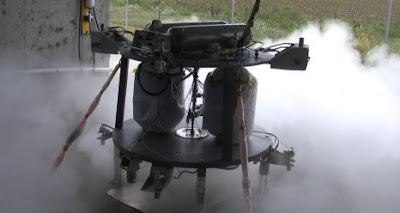A famous computer based application that manages the internal and external resources of the company is still not much know to people who manage the organization and it is due to lack of awareness in this implementation system. ERP is an abbreviated term for enterprise resource planning and its main purpose is to facilitate flow between business functions inside the boundaries of the organization and this business operation consolidate all business operation into a uniform and wide system environment. This implementation system came into existence in 1980s when software firms has the idea of integrating applications. There are many ERP consultant organizations and their duty is to guide an organization through ERP system.
An ERP consultant represents a contractor, firm or team of consultants that include project management, technical and functional resources. ERP systems integrate all data and processes of an organization into a unified system. It uses the unified database system to store data for various system modules. The business environment is rapidly changing and for any organization, it is impossible to maintain a custom designed software package that caters all their requirements and considering these requirements, the companies have developed erp software that provides integrated solutions to all functional process in an organization. The role of Erp consultant is essential and they ensure an effective implementation of erp system that suits your objectives and implement your demands well on time.
Apart from this the consultants also have some other duties such as imparting education and training to the users of erp system. They ensure that all users get a complete insight of erp process with communication of plans and benefits to the users. The erp consulting organization will guarantee the success of the project and should be able to show results to the company management. When you look for an erp consultant organization, look for the consultancy that has experience with working clients in particular industry. ERP software’s are generally designed for companies that work in a wide variety of areas. IT is an industry that combines different elements into a single unit. Manufacturing, human resources and finance are the three most important Erp tools available and each tool has its own merits in the industry. A company gain many advantages through this software implementation and one of the main benefit is they can save a great deal of money for long term with good improvement in productivity.
Headerp solution pvt ltd is one of the leading sap consulting companies in Chennai with good facilities and implantation of sap system. They also recruit people in Erp functions through their consultancy and they have years of experience in this industry and also provide outsourcing services in IT domains and other domains. They are one of the best sap consultants and provide contract staffing and recruitment in various domains.
Headerp solution pvt ltd assists through their expertise and analyzes the requirements of your business prospective system analysis and documentation. They implement various models and make your objectives to achieve soon.
In chennai, many outsourcing companies are there and headerp solution pvt ltd is one of the best outsourcing and consulting company and provides good services in different fields.
HeadERP Solutions pvt Ltd

























